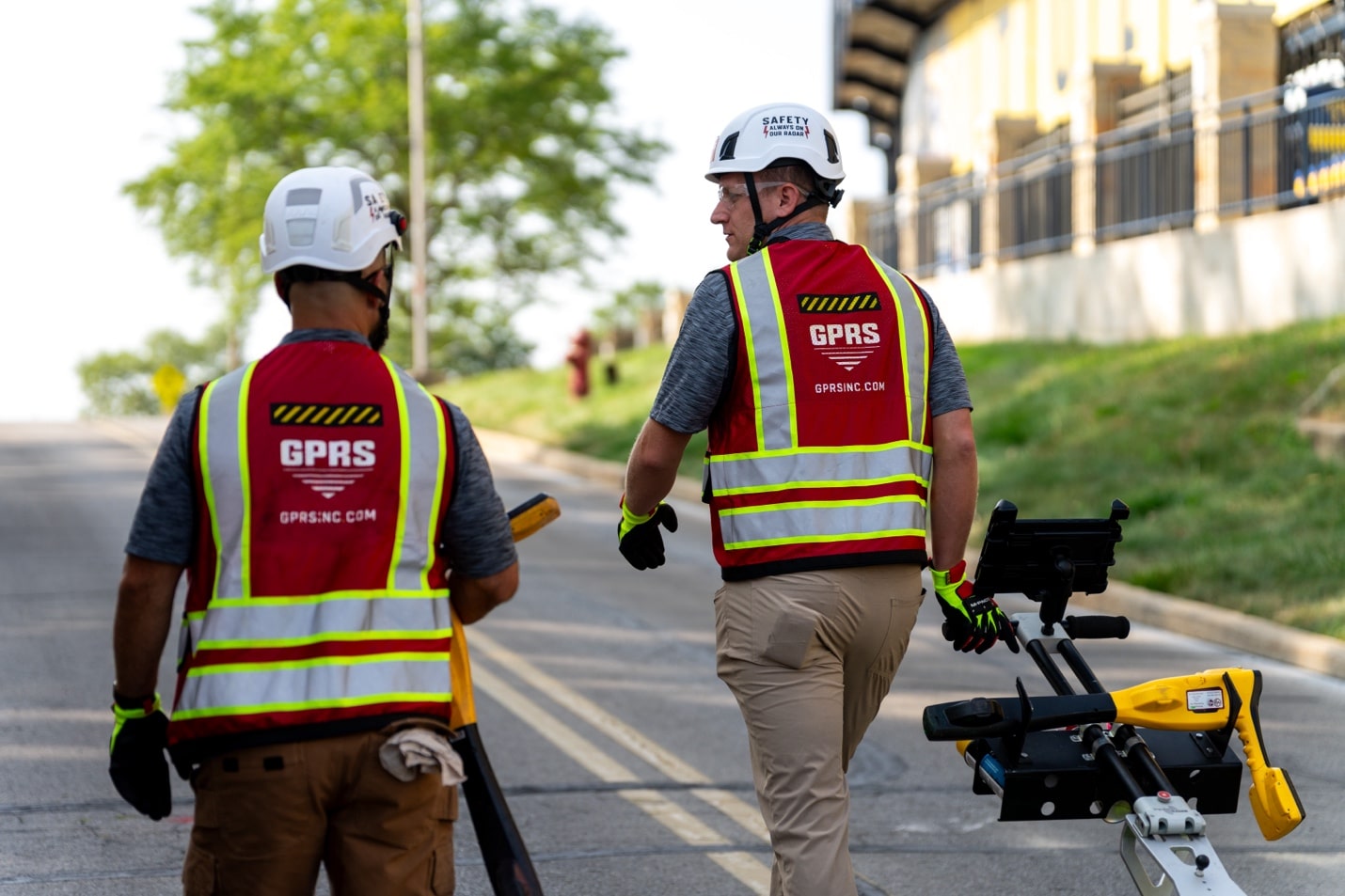The pre-construction phase lays the groundwork for seamless project execution and long-term success. However, if not managed effectively, it can become a bottleneck. Fortunately, strategies exist to enhance efficiency, reduce delays, and boost productivity for construction teams, contractors, and clients.
Engage Stakeholders Early Through Collaborative Planning
Involving all key stakeholders—clients, architects, contractors, engineers, and consultants—early fosters alignment on objectives, minimizes miscommunication, and helps identify challenges at the outset.
How to Ensure Effective Collaboration
- Organize kick-off meetings to define roles, responsibilities, and project scope
- Conduct charrette workshops to develop multidisciplinary solutions
- Establish a communication plan detailing meeting schedules, reporting formats, and communication channels
By aligning expectations from the beginning, potential design flaws, budget issues, and logistical challenges can be resolved before they escalate.

Pre-construction processes can become bottlenecks if not managed properly. Fortunately, there are strategies that can be implemented to improve efficiency during the pre-construction phase, reducing delays and increasing productivity for construction teams, contractors, and clients alike.
Leverage Building Information Modeling (BIM)
BIM technology offers a virtual model of the project, providing a collaborative platform for design, planning, and coordination.
BIM’s Impact on Pre-Construction
- Visualization: Allows stakeholders to see the design and resolve conflicts before construction
- Coordination: Clash detection tools identify system conflicts (e.g., plumbing vs. electrical) early
- Cost Estimation: Integrates with budgeting software, streamlining cost management
Implementing BIM reduces errors, limits rework and speeds up planning by centralizing all project data.
Simplify Documentation and Permitting
Managing contracts, drawings, permits, and compliance reports efficiently prevents administrative delays.
Best Practices for Document Control
- Use construction management software to organize and track documents
- Develop checklists to ensure early identification of permits and approvals
- Assign a permit coordinator to liaise with regulatory bodies, reducing wait times
Addressing permitting requirements upfront ensures smoother approvals and avoids disruptions.
Conduct Comprehensive Site Assessments
Early site assessments uncover potential issues, such as soil conditions, environmental hazards, or zoning restrictions, that can affect timelines and costs.
Enhance site assessments with:
- Drone surveys for real-time aerial data
- Soil testing to identify ground conditions
- Feasibility studies to confirm compliance with regulatory and zoning requirements
Proactively addressing site challenges enables teams to mitigate risks and prepare contingency plans.
Create Detailed Project Schedules and Workflows
An organized project schedule sets expectations, allocates time effectively, and minimizes bottlenecks.
Components of an effective schedule:
- Use critical path schedules (CPS) to highlight tasks that impact the completion date
- Utilize Gantt charts to visualize dependencies and milestones
- Include buffer times for high-risk activities to absorb potential delays
Regularly updating the schedule keeps the project on track and enables the team to respond proactively to potential setbacks.
Ensure Accurate Budgeting and Value Engineering
Budget overruns are a common challenge. A well-planned budget aligns with client expectations and explores ways to reduce costs without compromising quality.
How to Improve Budgeting and Value Engineering
- Involve estimators and contractors early to obtain realistic projections
- Use historical data from past projects to benchmark costs
- Organize value engineering workshops to optimize materials and methods
Accurate budgeting ensures financial control throughout the project, while value engineering prevents costly last-minute changes.
Identify and Manage Risks Proactively
Construction projects are inherently risky, with challenges ranging from supply chain disruptions to weather delays. Early risk management minimizes the impact of these uncertainties.
Risk Management Strategies
- Host workshops to brainstorm risks and rank them by likelihood and impact
- Develop contingency plans, such as backup suppliers or workflows
- Use risk management software to monitor risks and track mitigation efforts in real-time
Proactive risk management ensures that unexpected challenges won’t derail the project.
Coordinate with Suppliers and Subcontractors Early
Poor coordination with suppliers or subcontractors can disrupt timelines. Early engagement helps ensure materials and labor are available when needed.
Strategies for Better Coordination
- Prequalify and onboard subcontractors and suppliers during pre-construction
- Develop procurement schedules that align deliveries with construction timelines
- Use supply chain management tools to monitor deliveries and address issues proactively
Effective coordination reduces delays and keeps the project moving forward.
Apply Lean Construction Principles
Lean construction focuses on reducing waste and maximizing value, promoting efficiency from the earliest stages of a project.
Lean Practices to Adopt
- Use pull planning to align tasks with project milestones
- Eliminate non-value-adding activities, like redundant meetings or excessive paperwork
- Foster a culture of continuous feedback to identify inefficiencies quickly
Incorporating lean principles ensures smoother operations, reducing waste and maximizing productivity.
Promote Transparent Communication
Clear, open communication is essential for pre-construction efficiency. It builds trust, minimizes misunderstandings, and speeds up decision-making.
How to Enhance Communication
- Use centralized project management tools to keep stakeholders informed
- Schedule regular check-ins to review progress and address challenges
- Create open forums where team members can raise concerns or offer suggestions freely
Transparent communication ensures smoother collaboration, leading to better outcomes and faster issue resolution.

GPRS offers a comprehensive suite of subsurface damage prevention, existing conditions documentation, and construction & facilities project management services designed to keep your projects on time, on budget, and safe.
Let GPRS Help Optimize Your Pre-Construction Process
Improving pre-construction efficiency involves strategic collaboration, technology adoption, and thorough planning. GPRS offers a suite of services to support these efforts, including subsurface damage prevention, construction project management, and existing conditions documentation.
With 99.8% accurate utility locating and concrete scanning, NASSCO-certified video pipe inspections, and 2-4mm accurate 3D laser scanning and photogrammetry, we help you Intelligently Visualize The Built World®. Our SiteMap® (patent pending) application centralizes project data, empowering teams with comprehensive insights into site conditions, timelines, and risks.
Click below to schedule a live, personal SiteMap® demo today!
